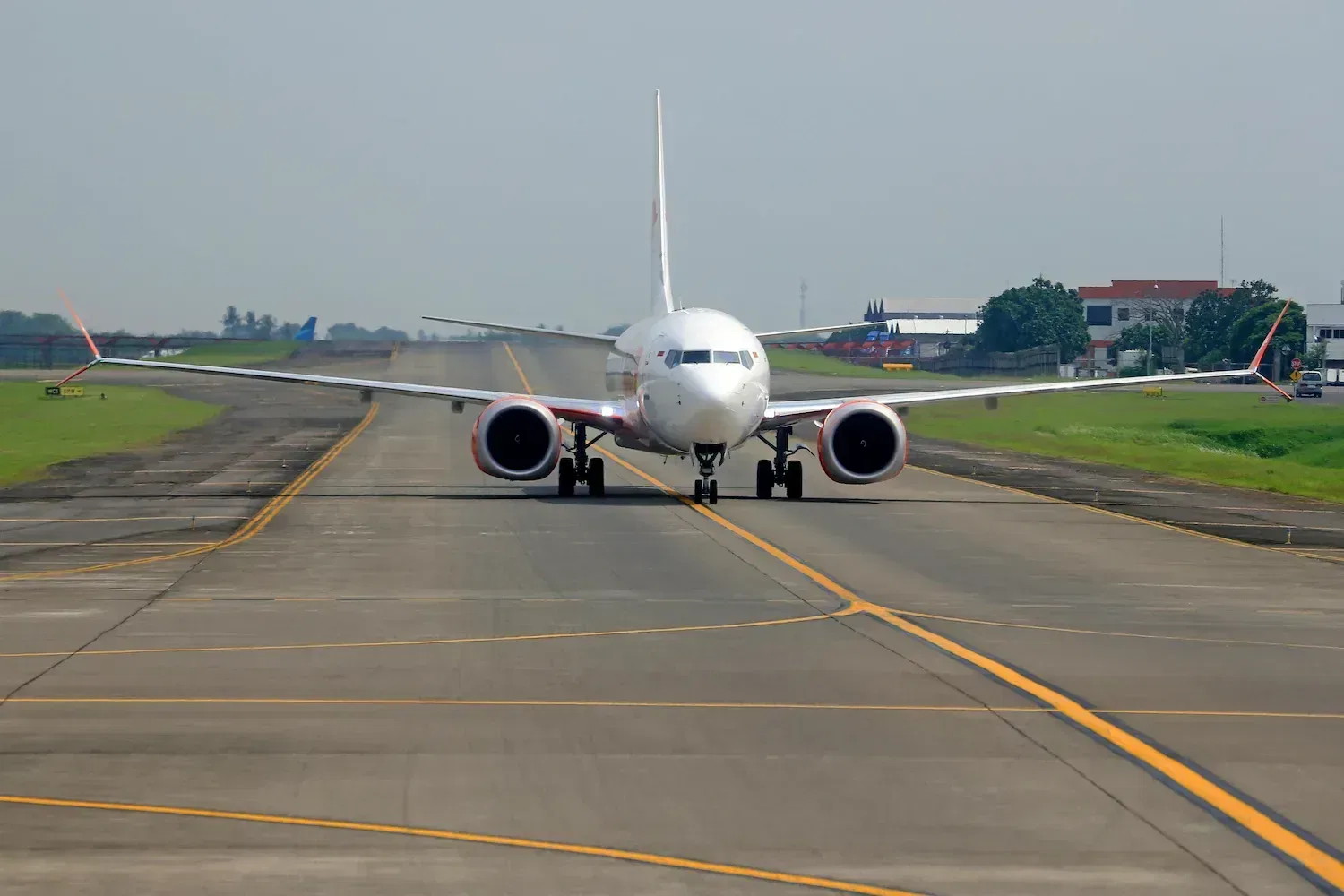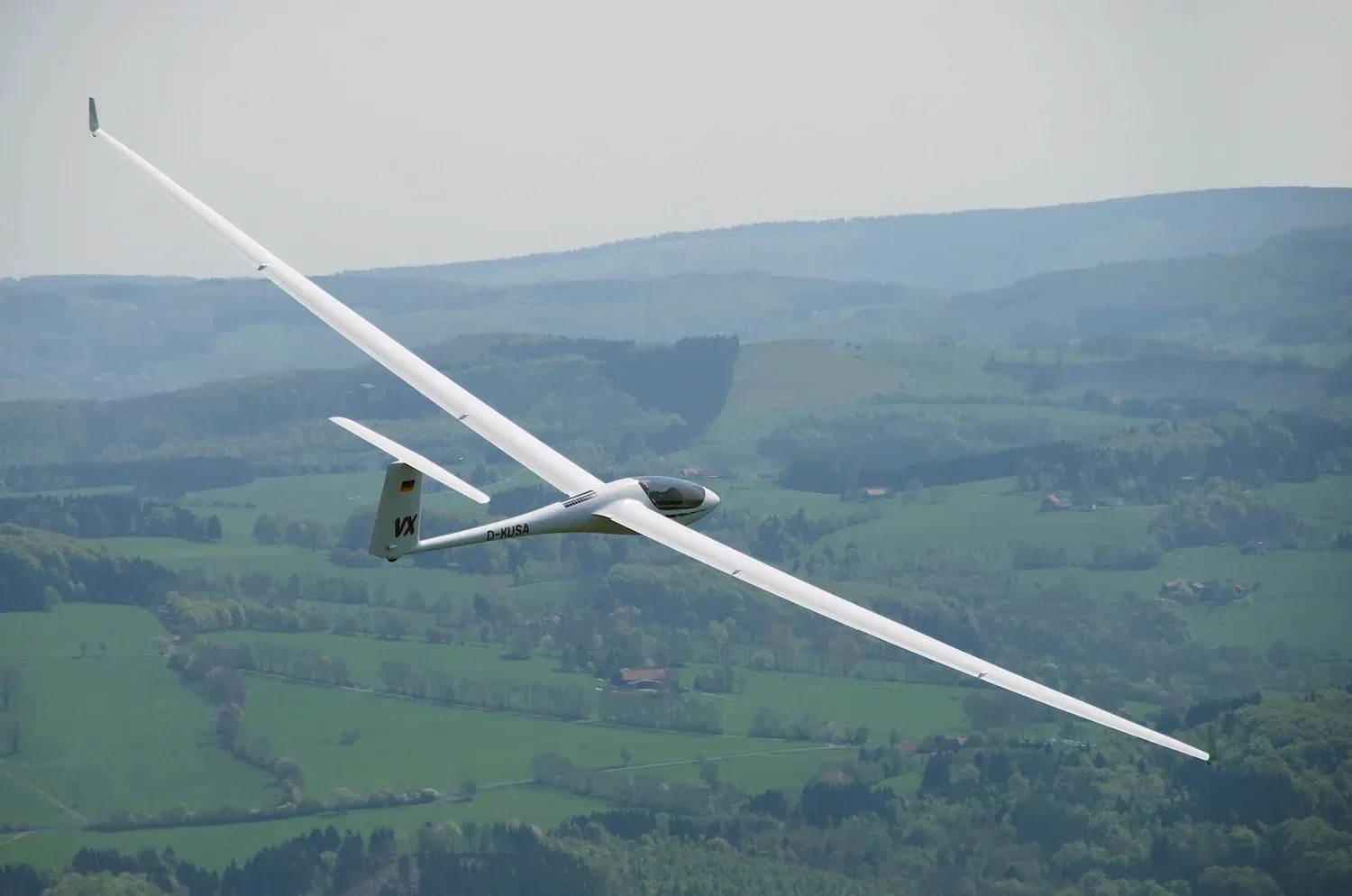Understanding Stall in RC Airplanes

Understanding Stall in RC Airplanes: Causes, Effects, and Recovery
Stall is a critical aerodynamic phenomenon that every RC pilot should understand. Knowing how and why stalls happen can help prevent crashes, improve flying skills, and ensure smoother flights.
1. What Is a Stall?
A stall occurs when the angle of attack (AoA) — the angle between the wing's chord line and the oncoming air — becomes too steep, causing a sudden loss of lift. While it sounds like a mechanical failure, it’s purely aerodynamic.
In simple terms:
A stall happens when the wing can no longer "grab" enough air to keep the plane flying.

2. Causes of Stall in RC Planes
Several factors can cause a stall in RC airplanes:
- Flying too slowly: At low speeds, the wing needs a higher AoA to generate enough lift, increasing stall risk.
- Excessive climbing or pulling back on the elevator: This increases the AoA beyond critical limits.
- Tight turns (especially at low speed): Can overload the wings and lead to a stall.
- Abrupt maneuvers: Especially during loops or when recovering from a dive.
- Heavy or unbalanced payload: Can shift the center of gravity too far back, making stalls more likely.
3. How to Recognize an Impending Stall
RC planes often show warning signs before stalling:
- Sudden drop in altitude despite full throttle.
- Wing rocking or buffeting.
- Controls feel unresponsive.
- Nose pitching up without gaining altitude.
4. Types of Stalls
- Power-off stall (glide stall): Occurs at low speed and low throttle, typically during landing.
- Power-on stall: Occurs during climb-out or after takeoff when the plane is under power.
- Accelerated stall: Happens during aggressive turns or maneuvers when load on the wings increases.
5. How to Recover from a Stall
Quick, calm actions can recover an RC plane from a stall:
- Reduce the angle of attack: Gently push the elevator stick forward.
- Add throttle: If altitude permits, increase power to regain lift.
- Level the wings: If the stall caused a roll or spin, stabilize the aircraft gently.
Avoid pulling up aggressively after recovery — that can cause a secondary stall.
6. How to Prevent a Stall
- Maintain sufficient airspeed, especially in turns or during climbs.
- Avoid aggressive elevator inputs.
- Practice gentle landings and approaches with enough throttle.
- Ensure proper center of gravity (CG) balance.
- Learn the stall behavior of your specific RC aircraft — some stall gently, others tip-stall sharply.
7. Special Case: Tip Stall
A tip stall happens when one wingtip stalls before the other, causing a sudden roll. It's common in RC planes with:
- Low-wing loading
- Tapered or swept wings
- No washout design
To avoid tip stalls, ensure gentle flying, and if building your own plane, consider adding washout (twist in the wing) for stability.
8. Practicing Stall Recovery
Use a simulator or high-altitude flight to safely practice stall and recovery. Learning to handle stalls early builds confidence and control.
Conclusion
Stalls are part of every pilot’s learning journey — even in RC flying. With understanding and practice, you can avoid dangerous stalls, recognize early warning signs, and recover gracefully. Mastering this aerodynamic concept will make you a more skilled and confident RC pilot.





